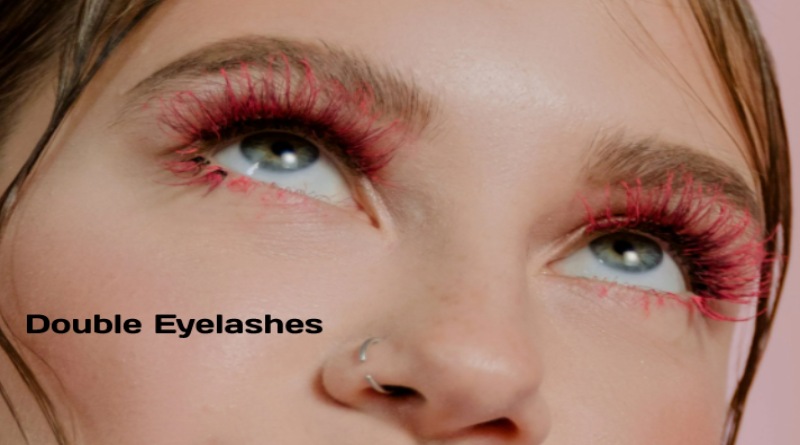Double eyelashes are rare conditions where you have two rows of eyelashes. The second row can include a single lash, a few hairs, or a whole set.
Extra lashes are usually thinner, shorter, and lighter than regular ones.
You may not have any symptoms, but if you do, you may experience:
- sensitivity to light (photophobia)
- conjunctivitis
- corneal irritation
- styes
- double eyelashes (ptosis)
Table of Contents
Cause Double Eyelashes

Present At Birth
In most cases, distichiasis is congenital and is present at birth. It can cause a genetic mutation related to heart problems.
You can also get dyschiasis later in life if your eyelids are swollen or injured.
In SUD, the lymphatic vessels may be:
- underdeveloped
- blocked
- malformed
- malfunctioning
LDS is also associated with other conditions, including:
- early onset varicose veins
- scoliosis
- cleft palate
- structural abnormalities of the heart
- abnormal heart rhythm
Due to heart defects related to SUD, approximately 5% of people with LDS have congenital heart disease.
It is also possible to inherit dyschiasis without lymphedema, but this is extremely rare.
Risk Factors
Genetics is the most significant risk factor for congenital dyschiasis. You are more likely to inherit the condition if one of your parents has it.
Over 75% of people with SUD have a parent with the disorder.
Acquired distichiasis, on the other hand, is caused by certain conditions. These conditions are associated with:
Inflammation of the eyelids. You are at higher risk for swollen eyelids if you have seborrheic dermatitis or dandruff on your scalp and eyebrows. Other risk factors include allergic reactions, rosacea, bacterial infections, clogged oil glands in the eyelids, and mites or lice.
Females are twice as likely to develop OCP.
Older age OCP and MGD are more common in older people.
Bring contacts. Contact lens wear is a risk factor for MGD.
Treatment
Teatment will focus on managing them. It could also include the removal of the extra tabs.
The best treatment depends on the number of extra lashes and your symptoms. Options include:
-
Hair Removal
Waxing involves removing eyelashes with an electronic device called an epilator. Physically rips them off.
However, lashes usually grow back in two to three weeks, so it’s a temporary treatment. It will only recommend if you have a few extra tabs.And Also Read Magnetic eyeliner
-
Cryotherapy
Cryotherapy uses extreme cold to destroy the lash follicles. This method is ideal if you have a lot of extra lashes.
Although cryotherapy has long-lasting results, it can cause:
- loss of nearby eyelashes
- thinning of the eyelid margin
- eyelid scarring
- lid depigmentation
- Electrolysis
Electrolysis, like waxing, is best for removing a small number of eyelashes. During the process, a needle will insert into the lash follicle. The hand applies a short wave frequency that destroys the hair. Sometimes cap splitting is used with cryotherapy or electrolysis.
Argon Laser Thermoablation
In this treatment, argon laser burns are repeatedly applied to the lash follicles, destroying the follicles.
You may experience minor discomfort and increased tear flow during the procedure.
What You Learned
You are born with double eyelashes, often with lymphedema-distichiasis syndrome (LDS), caused by a rare genetic mutation. The condition will link to congenital heart defects, so monitoring your heart health if you have SUD is essential.
It is also possible to develop dyschiasis after birth if your eyelids become swollen. I
Also Read: Beauty Influencer Programs- Defination, Types, And More
